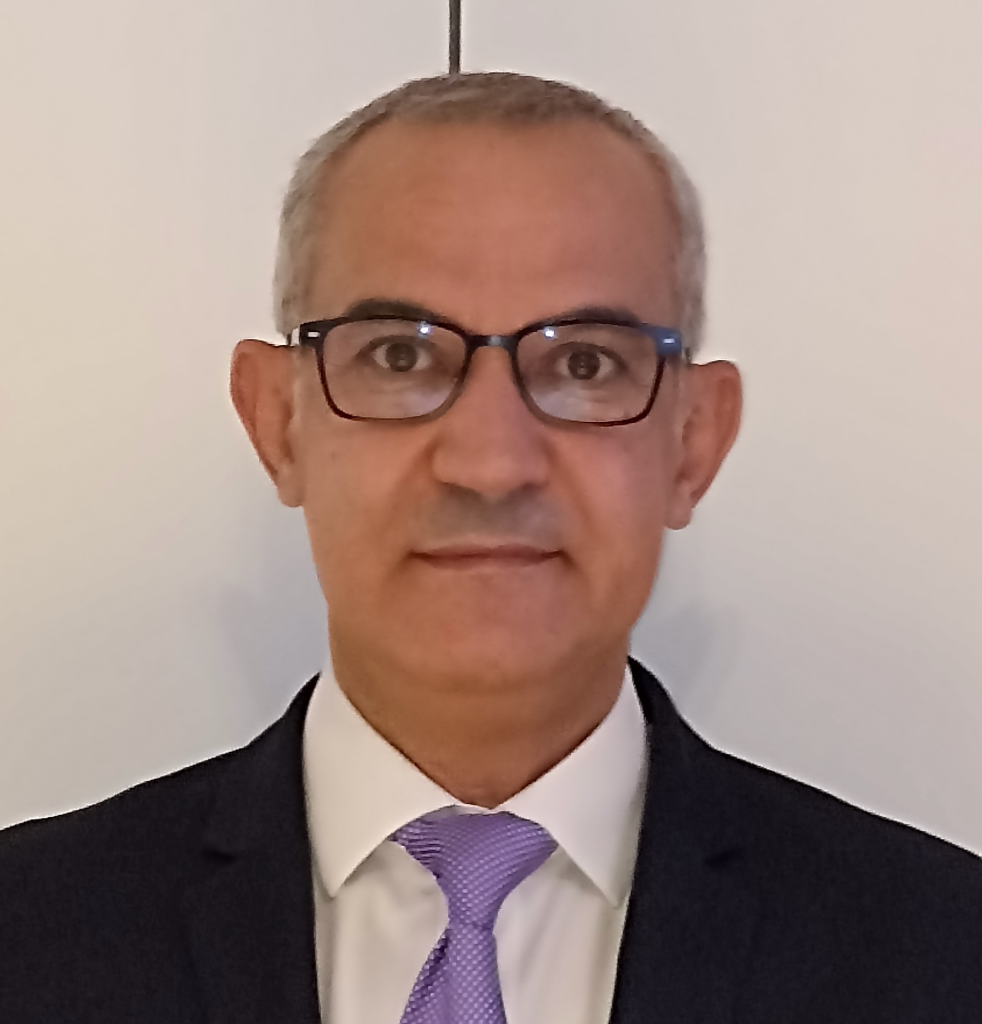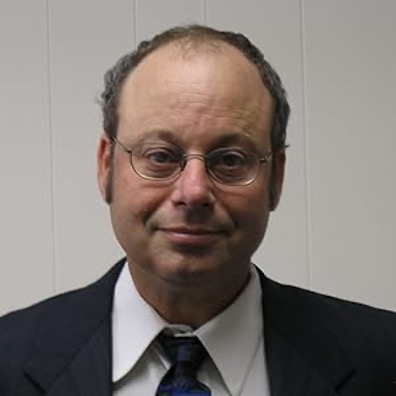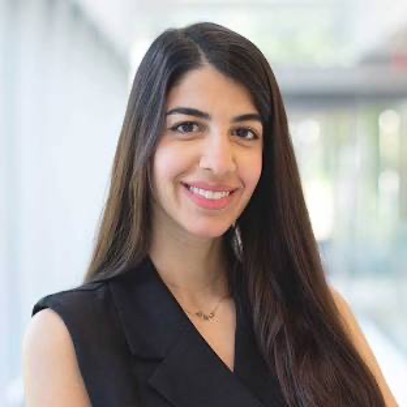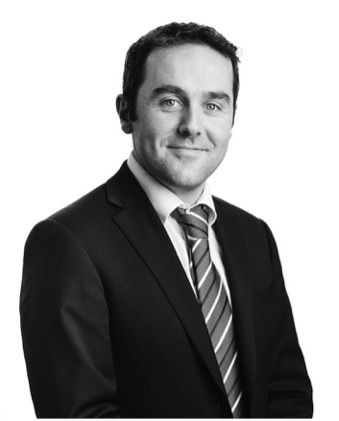Main Keynote
SAW Devices Combining RFID and Sensor Functionalities for Harsh Environments
Abstract
Surface acoustic wave (SAW) devices are key components in communication systems and are widely used as filters, delay lines or resonators, making them relevant for the development of 5G compatible technologies or beyond. As SAW devices are highly sensitive to external physical parameters and to any disturbance that may affect the velocity, the traveling distance or even the wave propagation mode, they also offer very promising solutions as sensors in a wide range of applications including industrial processes, automotive, aeronautic, or energy domains. SAW sensors have the advantage of being robust, small, passive (battery-less), wireless and even packageless in specific configurations. In the reflective delay line (R-DL) configuration, they can integrate the identification code and operate as an RFID which allows simultaneous interrogation of several sensors. The technology also allows to operate in extreme conditions such as those with high levels of radiation, high temperatures up to 1 000 °C, corrosive gas, or electromagnetic interference. This is obviously conditioned by the fact that the constitutive materials can withstand these harsh conditions. In this lecture, an overview of general principle of the SAW sensors in wired and wireless configurations and developments needed to implement this technology will be given. A review of recent works related to SAW devices combining RFID and sensing functionalities including from our group will be presented by positioning them with respect to the state of the art. Finally, examples of potential applications (existing or new ones) will be proposed and analyzed together with a future outlook of what the SAW technology can bring in severe environments.
Keynote Bio:

Hot Topics Plenary Keynotes
RFID: The Next Decades
Abstract

Bio: Dr. Daniel M. Dobkin has been involved in technology development for over four decades, including semiconductor processing and device physics, chemical vapor deposition, wireless communications, IC reliability, and radio frequency identification. He is the author of technical books on chemical vapor deposition (with Michael Zuraw), RF engineering, and RFID, in addition to numerous technical publications. He has been making jokes about science and engineering for almost as long as he has been working, and has finally collected some of them into She Sells C Shells By The Seashore, also available on Amazon. He works as an engineering consultant and technical writer in Sunnyvale, CA
Leveraging mmWave Backscatter for Precise Indoor Positioning and Enhanced Automotive Radar Vision
Abstract
Bio: Aline Eid is an Assistant Professor in the Department of Electrical and Computer Engineering at the University of Michigan, Ann Arbor. She earned her Ph.D. in ECE from Georgia Tech in 2021 and her Master’s degree from the American University of Beirut. Aline previously worked as a Postdoctoral Associate at the MIT Media Lab and interned at Google in the wearable/AR/VR and ATAP groups. She has authored over 70 papers and received more than 20 awards, including the 2020 IEEE MTT-S Graduate Fellowship and best paper awards in IEEE AP-S and RFID. Her research focuses on ultra-low power wireless sensing, backscatter and 5G communications, and wireless power transfer with applications in smart cities and infrastructures.

Drivers, challenges and hot topics in the Digital Transformation of Agri Food Systems
Abstract

Bio: Ultan is currently an academic and researcher based at South East Technological University, Ireland. He has spent many years in research in the USA and EU specializing in the use of digital technologies to improve the operational and strategic efficiency of supply chains across agri-food, pharmaceutical, automotive, aviation and defense supply networks. His research has focused on the use of a broad array of networked wireless sensing technologies, including RFID, to increase global supply chain sustainability and is currently developing a number of low-cost digital technologies to reduce food and biologic waste.
His PhD investigated the use of UHF RFID technology to provide item level digital traceability across food supply chains. His MBA degree investigated the enhanced use of digitized data across the organization to enhance decision making and increase responsiveness and flexibility to better competitively position organizations. He is former manager of Ireland’s RFID and IoT Technology Gateway research center. He a strong track record in research and commercialization and has successfully secured a broad array of EU, national as well as industrial sponsored funding. He is currently VP of finance for the IEEE Council on RFID and is also an IEEE CRFID Distinguished Lecturer for “The electronic transformation of agri-food systems”. His talk will focus on a number of broad topics surrounding the challenges and drivers and hot topics in the Digital Transformation of Agri Food Systems